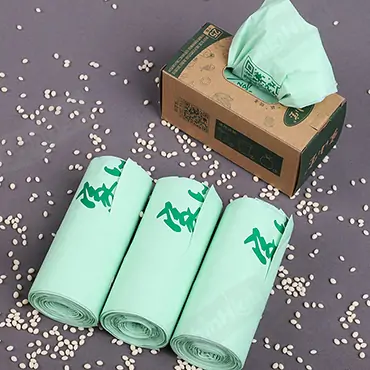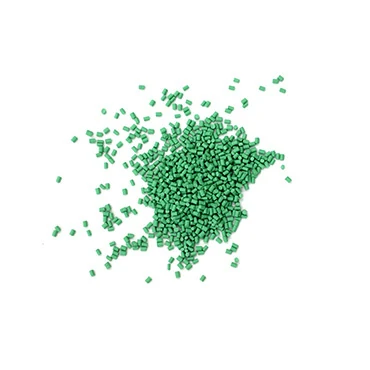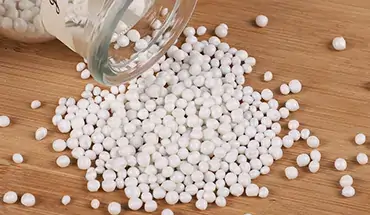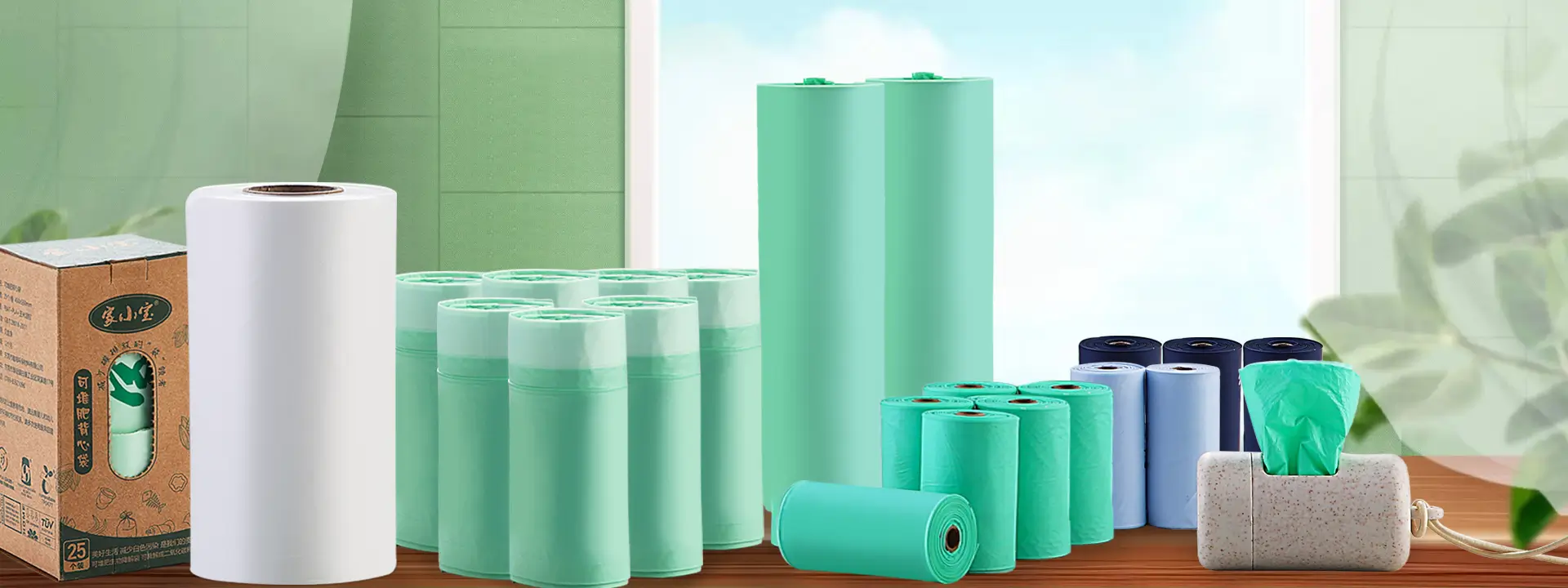
Introduction
Compostable bags have become an eco-friendly alternative to traditional plastic bags. However, a common question arises: what is the shelf life of these bags? Understanding the factors that influence the longevity of compostable bags is crucial for both consumers and retailers.
What is the Shelf Life of Compostable Bags?
The shelf life of a compostable bag refers to the duration it maintains its structural integrity before commencing the degradation process. This period is significantly shorter than traditional plastic bags, which can persist in the environment for centuries. Compostable bags are engineered to decompose under specific conditions, typically within industrial composting facilities.
Factors affecting the shelf life of compostable bags
Several factors influence the shelf life of compostable bags:
- Storage conditions: Proper storage in a cool, dry environment can extend the shelf life. Exposure to moisture, heat, or sunlight can accelerate degradation.
- Material composition: The specific materials used in the bag’s construction can impact its shelf life. Some compostable materials may have longer shelf lives than others.
- Manufacturing process: The manufacturing process can affect the bag’s durability and lifespan.
General shelf life guidelines
While it’s essential to refer to specific product information for accurate details, compostable bags generally have a shelf life of approximately 10-12 months when stored under optimal conditions. However, this timeframe can vary based on the factors mentioned above.
How do You Store Compostable Bags?
Compostable bags offer a sustainable alternative to traditional plastic bags. However, their effectiveness is dependent on proper handling, including storage. This article will delve into best practices for storing compostable bags, both in warehouse settings and in homes, emphasizing the importance of clear labeling and expiration dates.
Best practices for storing compostable bags in a warehouse
For businesses dealing with compostable bags in bulk, proper storage is crucial to maintain product integrity. Optimal conditions prevent premature degradation and ensure the bags reach consumers in optimal condition.
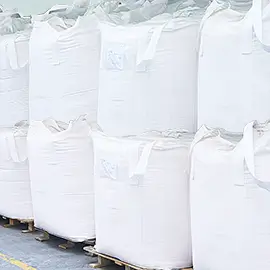
- Temperature control: Compostable bags are sensitive to heat. Ideal storage temperatures range from 50°F to 75°F (10°C to 24°C). Avoid storing them in areas with high temperatures, such as near heating vents or direct sunlight.
- Humidity control: High humidity can accelerate the degradation process. Maintain a relatively low humidity level in the storage area.
- Ventilation: Good air circulation helps to prevent moisture buildup. Ensure the storage area is well-ventilated.
- Palletization: To protect the bags from damage, store them on pallets. This also facilitates efficient handling and inventory management.
- Stacking: Avoid excessive stacking, as this can compress the bags and affect their integrity.
- Pest control: Implement effective pest control measures to protect the bags from damage.
Tips for customers on storing compostable bags at home
While consumers may not have the same level of control over storage conditions as warehouses, proper care can extend the life of compostable bags.
- Cool and dry place: Store compostable bags in a cool, dry place away from direct sunlight, heat sources, and moisture.
- Kitchen cabinet: A kitchen cabinet is often a suitable location. Avoid placing them near the stove or oven.
- Avoid freezer: While freezing can slow down degradation, it’s generally not necessary for short-term storage and can lead to damage when removing the bags.
- Check expiration dates: If available, adhere to the expiration date printed on the packaging.
The importance of clear labeling and expiration dates
Clear labeling and expiration dates are essential for both consumers and retailers. This information provides crucial details about the bag’s expected lifespan and storage conditions.
- Expiration dates: Indicate the date after which the bag’s performance may be compromised.
- Storage instructions: Provide clear guidelines on how to store the bags to maintain their quality.
- Material composition: Specify the materials used in the bag, as this can influence its degradation rate.
By following these storage guidelines and paying attention to product information, you can help ensure the optimal performance of compostable bags and contribute to a more sustainable future.
Conclusion
In conclusion, the shelf life of compostable bags is influenced by various factors, including storage conditions, material composition and manufacturing process. By understanding these factors and following proper storage guidelines, consumers and retailers can maximize the lifespan of these eco-friendly products.
At ShinHigh, we produce compostable bags with excellent performance and durability. With a shelf life of 12 months when stored under recommended conditions, you can confidently stock up on our products without worrying about degradation. This extended shelf life ensures that your business operations remain uninterrupted while contributing to a greener future.
Ready to experience the difference? Contact our sales team today to learn more about our high-quality compostable bags and explore customized solutions tailored to your specific needs.

